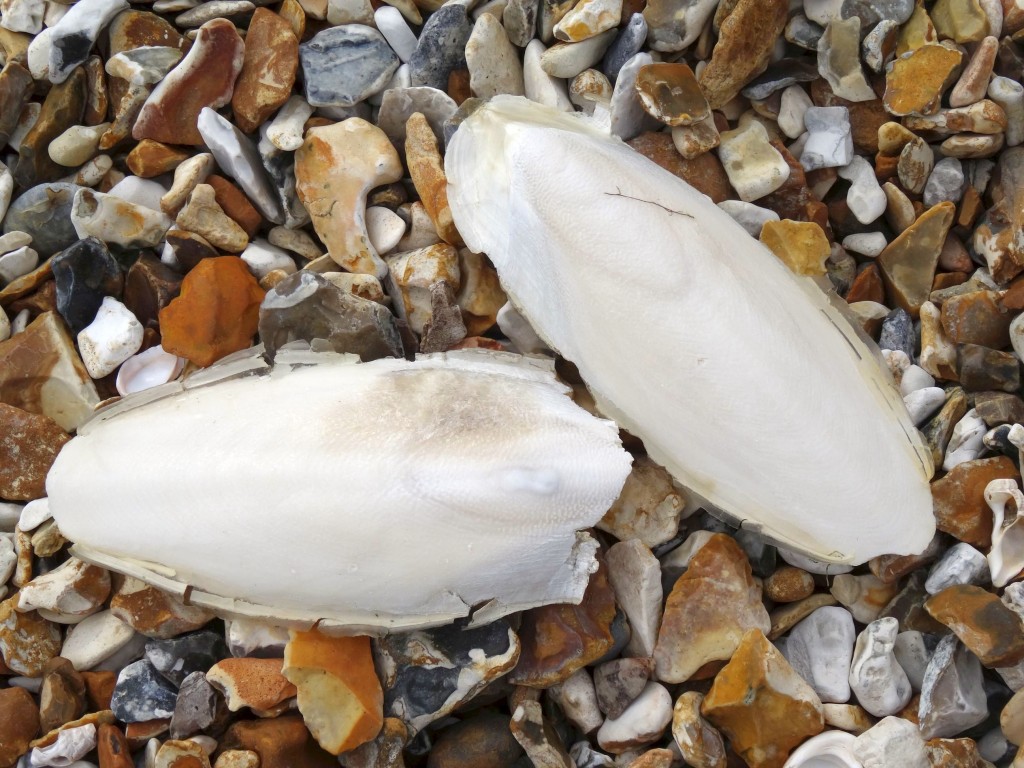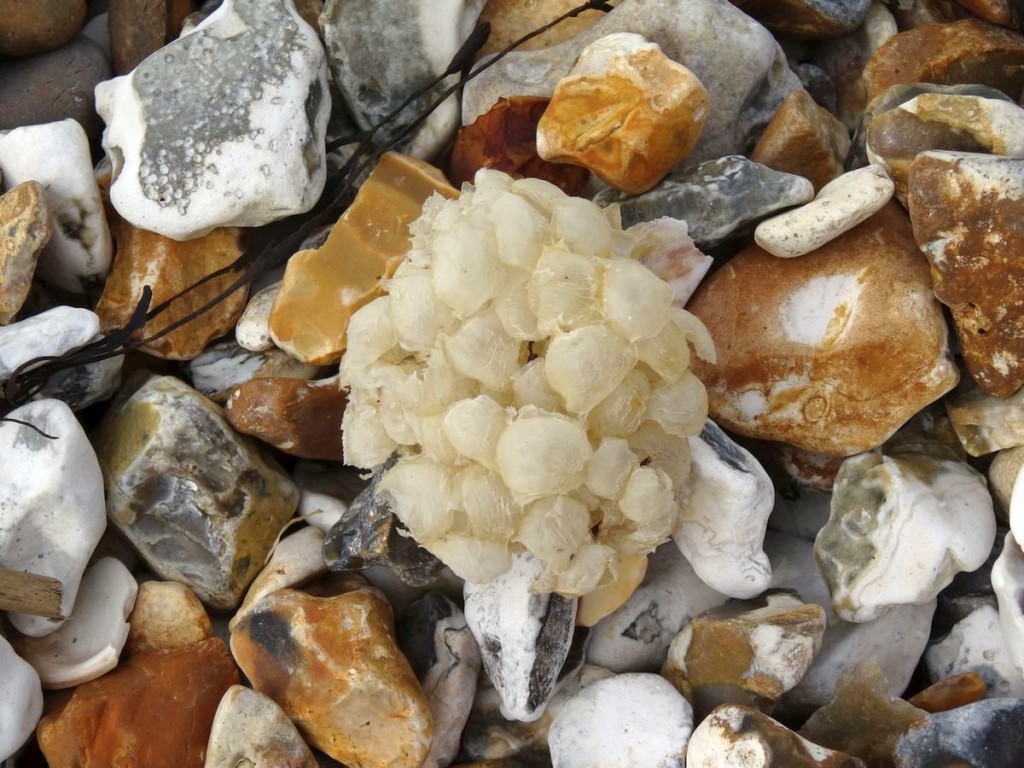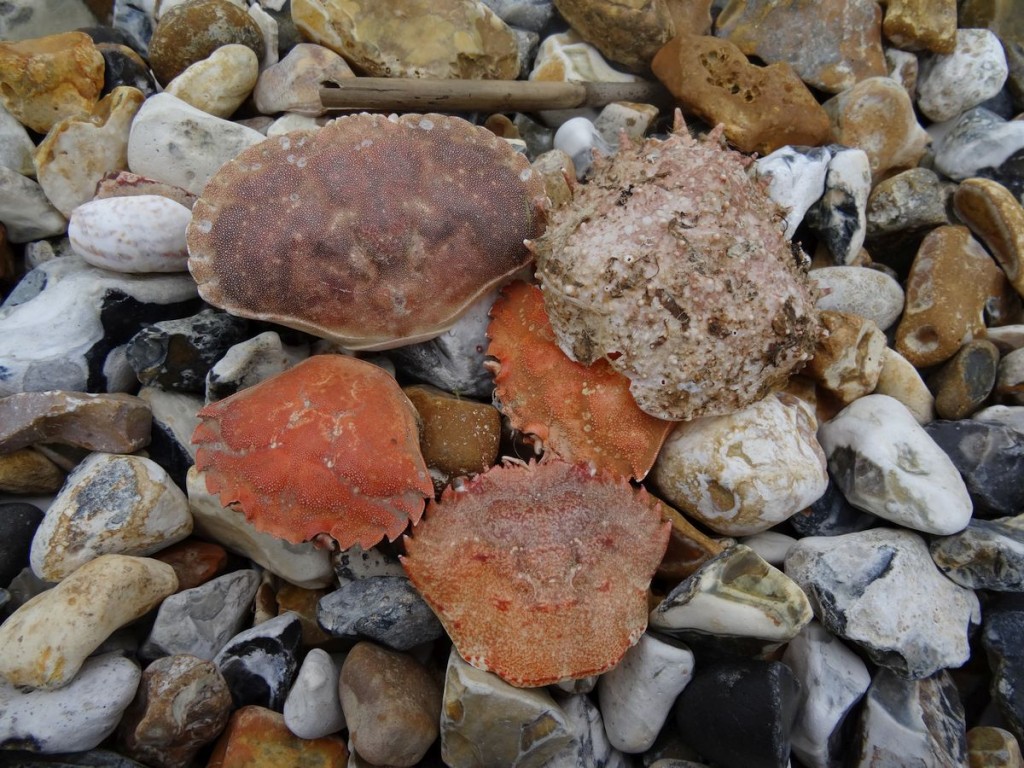Bird Watching
A walk along Stokes Bay promenade will allow you to see a few regular bird visitors to our Bay, such as the large, black crows that often cavort across the field next to the sailing club. There are also the sea birds that frequent the beach areas. But to see some of the more rare bird visitors you need to venture away from the beach and on to the wilder ground at the extreme east or west ends of the Bay. Gilkicker Point and the area surrounding the golf course is a good place to start. Be patient, the birds are often shy of humans. At the west end of the Bay you can also spot less common birds on a walk through the shingle grounds of Browndown Ranges, but pay attention to the restrictions in times of opening. Gilkicker has special interest for bird watchers being a feeding station for migrating birds in spring and autumn and many species have been recorded by birdwatchers at both Gilkicker and Browndown. Download our handy guide:
Butterflies
Whilst walking along the shoreline, woodland, meadow and paths you may be lucky to spot one of our native butterflies. The following examples have all be recorded (with the exception of the last one) by Gosport resident and butterfly expert, the late Dr David Tinling, on the Hampshire and Isle of Wight Branch of the Butterfly Conservation website.
Crabs
You can find empty, discarded crab shells along the beach at the high water mark but to find a living crab you will need to search the rock pools at the west end of the beach, exposed during low tide, near the River Alver outfall. Download our handy guide:
Sea Birds
Most sea birds are probably gulls and they are omnivorius scavengers, taking advantage of things dropped by visitors or items washed up by the tide.
Sometimes the Great Black Backed gulls congregate around the outlet of the River Alver at the west end of the beach, so that they can take advantage of the rocky pools to scavenge for bits and pieces to eat. The Black Headed Gulls are more shy but can be seen wading along the low tide line and also they land inland when the season is wet, paddling in the pools west of No.2 Battery. Download our handy guide:
Sea Shells
Download our hand two page guide to some of the common shells that you may find on the beach if you look hard among the pebbles and along the waterline. Download our handy guide:
While you are looking for seashells you may find the bones of a cuttlefish, excellent for your tortoise, whelk egg cases that look like a lump of bubble wrap and crab shells left behind after the crab has died.
Seaweed
On the shingle beach you will not see many examples of seaweed growing. There may be some pieces thrown up onto the beach especially along the high tide and low tide marks. These have broken away from their living roots and have floated onto the shingle. To see living growing examples you will need to explore the rock pools at low tide. Download our handy guide:
Wild Flowers
Stokes Bay is one of the few remaining unspoilt areas of coastline in Hampshire having a wide variety of wild flowers from the western Browndown Ranges to the eastern Gilkicker (Lagoon) Lake. Coastal sedges can be found along the Gilkicker shoreline, such as Sheepsbit, Pale Flax, Toadflax, Carline Thistle and Hare’s Tail Grass. Sea Kale is rare elsewhere but can be found in abundance here. Browndown provides a habitat for Burnett Rose, Slender-Flowered Thistle and Nottingham Catchfly. Both Browndown and Gilkicker Lagoon have been designated as Sites of Special Scientific Interest by English Nature. You can purchase an illustrated book by Felicity Anderson and Wendy Osborne, details on our Publications Page.


